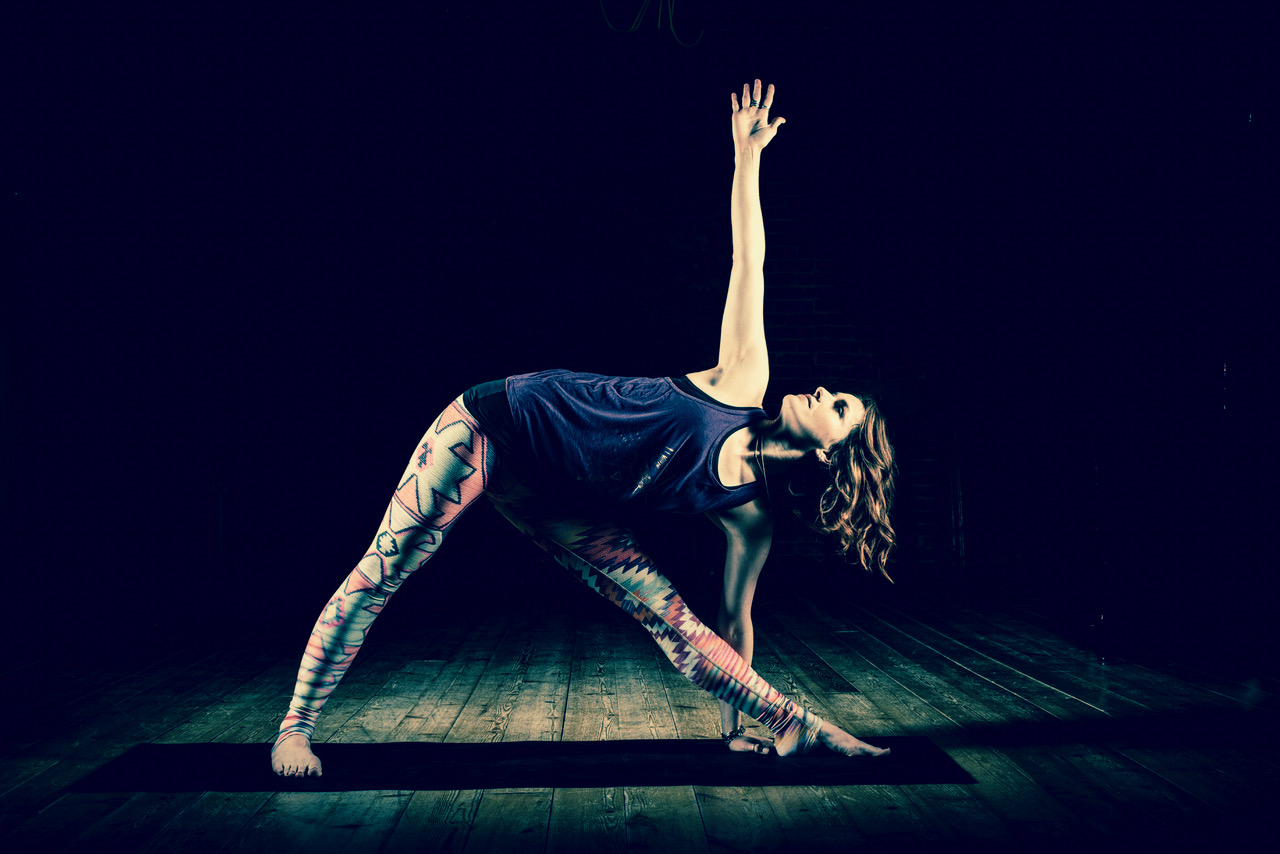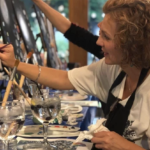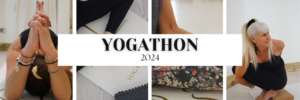By Hazel Littlemore-Young
Hatha… Vinyasa… Ashtanga… Yin… Yang… Nidra…
Starting a new yoga class can be daunting, but to choose when you don’t know your elbow from your asana?
Yoga on the Edge offers a wide variety of class styles, so you can be forgiven for checking the timetable and not knowing where to jump in. So let’s break it down in order from least to greatest in physical intensity.
Each practice will vary depending on the teacher and their own unique style, so experiment and find the practice that calls to you. If you’re looking for something different from your class – ASK. Our instructors are friendly and passionate about yoga, so if one particular style isn’t right for you, we can direct you to another that may be perfect!
(Please note this is a general overview, so if you have any specific injuries or conditions that may impact your practice, or are working with injury or chronic pain, please ensure you have sought medical advice where appropriate, and check with your instructor before undertaking the class – arrive a little early so your instructor has time to chat!)
YOGA NIDRA:
Yogic sleep. That’s right… a yoga where you literally lie down (or sit, if you prefer). This practice doesn’t require any asana (postures), instead you lie supported whilst you are guided through a deeply relaxing, yet powerful meditation.
WANT TO TRY? This practice is suitable for anyone and everyone. This isn’t a regular class on the timetable at present, but look out for one-offs and events!
RESTORATIVE:
A gentle practice to soothe and calm, working in long-held, comfortable and comforting poses. Used for calming the nervous system, it allows practitioners to experience the poses in a passive way, using props and not exerting the body, for a deeply nourishing, restful experience.
WANT TO TRY? Generally suitable for all, beginners to advanced.
YIN:
A slow, mostly floor-based practice. Don’t be fooled though – slow doesn’t mean ‘easy’ here! Yin yoga is a practice of stillness and depth, holding poses for minutes at a time, focusing on melting through fascia (connective tissue) which can often remain stiff or inflexible. For some of us, sitting in stillness can be the toughest part of all.
WANT TO TRY? Generally suitable for all, beginners to advanced.
SLOW FLOW:
The ‘Flow’ is found in the way we begin linking asanas/poses together. Moving slowly, in longer sequences, this practice draws influence from Yin and Restorative practices to deliver deep stretches, long holds and total relaxation.
WANT TO TRY? Generally suitable for all, beginners to advanced.
YIN/YANG:
A Yin/Yang practice incorporates two styles of yoga into one class. The Yin element is a practice of stillness and depth, holding poses for minutes at a time, focusing on melting through fascia (connective tissue). The ‘Yang’ is found by adding in more energising postures, to stretch and strengthen, leaving you feeling both energised and in a relaxed state of mind.
WANT TO TRY? Generally suitable for all, beginners to advanced.
HATHA:
Hatha is really a general term referring to yoga asana (postures), so actually ANY movement-based class is a ‘Hatha’ class. However, when a class is billed as ‘Hatha Yoga’ you can typically expect to be learning the basics and creating solid foundations for your postural practice. In fact, if a class is just billed as ‘Yoga’, chances are it will be a Hatha practice. It can differ a great deal in intensity, but you probably won’t be working up a sweat (unless the class is heated). You will be working deeply to lengthen and loosen muscles, release tension and relax deeply.
WANT TO TRY? Generally suitable for most practitioners, from beginners to advanced.
VINYASA FLOW:
Vinyasa loosely translates ‘to place in a special way’. Whilst it’s similar in intensity to Ashtanga, the sequences vary from class to class, meaning you will probably never do the same class twice! Effectively and creatively sequenced, each class centres around a general focus to help unlock body and mind and work towards a physical peak pose (asana). Postures are linked together in long, flowing sequences linking breath to movement – often set to music. Challenging, creative, uplifting and energising.
WANT TO TRY? Generally best suited to those with yoga experience, or those looking to add a dynamic element of yoga to balance their regimen. One of the most demanding practices offered, you might bring a towel and perhaps a drink.
ASHTANGA:
One of the more dynamic yoga practices, Ashtanga links breath to movement in long sequences. Ashtanga classes typically follow a set sequence (or series), structured around three fundamental tenets – the breath, the posture and the focus (drishti or gaze). One of the most demanding practices offered, it’s usually a good idea to have a towel handy, and a drink. It’s structured, challenging and a bit addictive!
WANT TO TRY? Generally best suited to those with yoga experience, or those looking to add a dynamic element of yoga to balance their regimen.
HOT YOGA:
Any of these practices can be done in a warm, or heated environment. In a heated practice, we raise the temperature level in the studio significantly. The heat enables you to work deeply and increase your range of movement and mobility. The heated conditions require you to focus on your breath – a key element of stress relief – and ‘switch off’ from thoughts of the day. Hot yoga can increase circulation by raising the heart rate – requiring the cardiovascular system to work a little harder, and develop lung capacity.
WANT TO TRY? Hot Yoga is not suitable for pregnant yogis. In some cases, those with heart conditions, issues around lungs and/or blood pressure may find Hot Yoga is not suitable, so please ensure you have sought medical advice before booking onto a class. All such conditions should be disclosed to your instructor. Bring a towel (or own mat) and a drink.
Head over to our booking page to reserve your mat for your next class!






